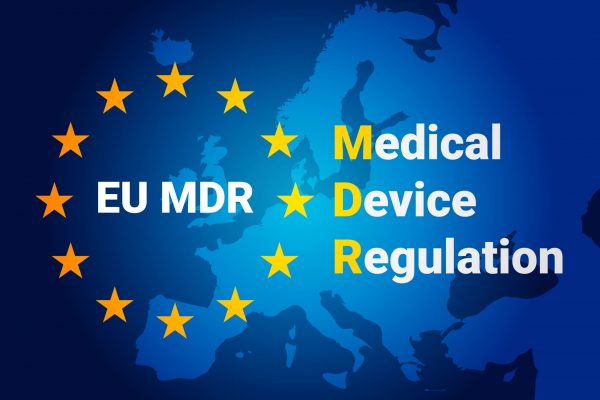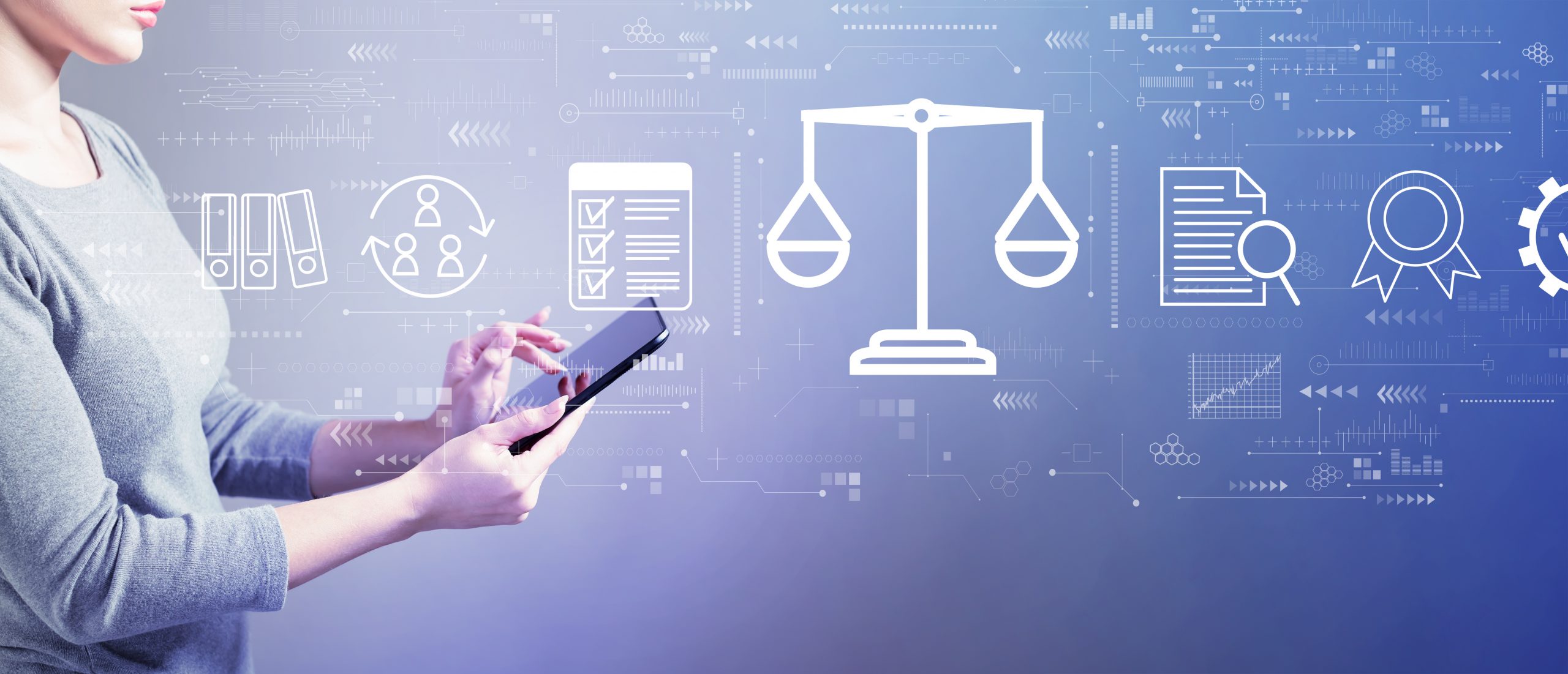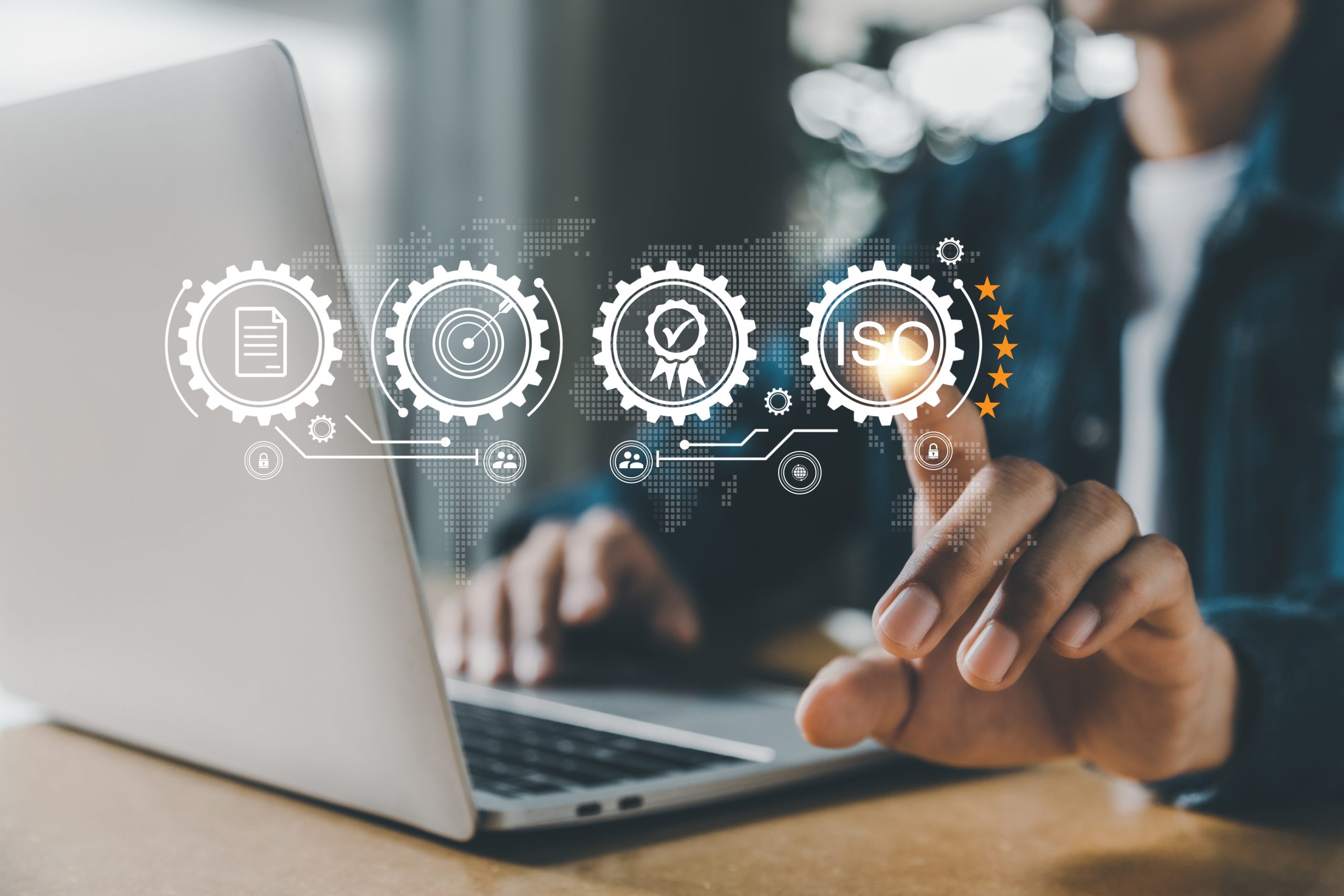There is no question that medicine, pharmaceuticals and medical technology are very international industries. Developments during the Corona pandemic also impressively demonstrated that specifications, application explanations and the like must always be reliably translated.
On the one hand, this ensures safety, but on the other hand, it is also a key task for any company that wants to be seen as an internationally conscientious and patient-oriented partner.
An important milestone on the way to a globally reliable legal framework is the new Medical Devices Regulation, which is due to enter into force throughout the EU on May 26, 2021. For companies in this sector, i.e., manufacturers of medical devices who sell their products within the European Union, but also distributors and importers, the Medical Device Regulation, (MDR) means that they need to urgently develop strategies and approaches to comply with the new rules. This includes professionally sound and compliant translations and localizations.
So, what is MDR all about?
The new Medical Devices Regulation replaces the current Medical Devices Directive (93/42/EEC) and the Active Implantable Medical Devices Directive (90/385/EEC). It aims to create a legal framework for medical devices. The primary goal is to protect health and safety while supporting market competitiveness. Incidentally, the new regulation was adopted in 2017, and there was a transition period of three years for already-approved medical devices, which actually would have expired in May 2020. Because of the Corona pandemic, this deadline has been extended by one year, until the end of May 2021. The Medical Devices Act (MPG) and the CE mark will then be expanded to include the additions of the MDR.
What is the objective of the new regulation?
The regulation defines restrictions and notification requirements for substances used in the manufacture and distribution of medical devices to minimize potential risks. The requirement applies to medical devices, parts of devices, or materials used in such devices that are invasive and come into contact with the body, that administer drugs, fluids, or other substances, and to devices used to transport or store such fluids. The overriding priority is to strengthen the safety of medical devices, implantable medical devices, instruments and more. At the same time, however, the regulation also helps companies to act in a highly competitive manner on the international stage.
What changes do companies need to be prepared for?
The regulation imposes various requirements on manufacturing companies and suppliers in the industry. The focus is on reliable use of the aforementioned appliances, such as implantable prostheses and more. The Medical Devices Act, which previously regulated this area, was less extensive and less strictly worded than, for example, pharmaceutical and drug regulations. In order to enhance safety in the use of medical devices, the MDR therefore now gives companies clear guidelines on what has to be achieved.
For example, they must revise product information, usage instructions, markings and labels (if necessary) in accordance with the new specifications and translate them in compliance with the new regulations. In many places, descriptions on packaging, labels and technical documents also have to be adapted to the new rules. In addition, there are precisely documented clinical trials as well as the verification of clinical data, but also a continuous review to ensure that the MDR regulations and soon also the requirements of the EU Regulation on In Vitro Diagnostics (IVDR) are complied with. The IVDR will come into effect in May 2022.
Another point to note: The MDR also contains changes to the classification of medical devices. Companies need to be aware that some products that were not previously classified as medical devices may be subject to the new MDR in the future. Therefore, the first step that needs to be taken, is to review the product portfolio and class rating. This is the only way to keep track of which documents need to be adapted or translated. There are different classes: from wheelchairs or plasters (class I), to protective equipment (class Is) and stethoscopes (class Im), to surgical instruments (class Ir), hearing aids (class IIa), pacemakers (class III) and many more.
Documents that must be created include:
- A general description of the product, including its intended purpose on the market and its intended users
- The intended patient population, the medical condition to be treated or monitored, and other considerations such as selection criteria, indications, contraindications, and warnings
- The functional principles of the device and its mode of action, if necessary, must be scientifically proven.
In addition, manufacturers, distributors and importers must provide all necessary information to the competent authority of the respective EU country at least 28 days before initial distribution.
What is important when it comes to translations?
First of all, it is important that all the materials and documents mentioned are adjusted by May 26. Anyone who fails to meet this deadline runs the risk of criminal proceedings. At worst, the medical devices affected may no longer be sold in EU countries. The so-called “notified bodies” can then order that distribution and usage be discontinued until all requirements have been met.
- A notification deadline of April 27, 2021, applies to medical devices already on the market. This means: The information must be made available as quickly as possible in the languages of the countries to which the company exports its products.
- This is where a translation partner who has both TÜV-certified quality in accordance with ISO 9001 and extensive industry knowledge of all aspects of the Medical Devices Ordinance is extremely beneficial.
- It should be possible to translate into the required official languages of the EU quickly, in accordance with the rules and in a comprehensible manner. Complex symptom or technology descriptions, Latin terms or technical terms in the respective national language require a solid knowledge of the subject. Special and continuously maintained terminology databases can ensure a continuous terminology consistency which also takes into account constant innovations.
- In addition to excellent language skills, translators should have specific expertise in producing a wide variety of translations of instructions, application descriptions, manuals, studies and more in accordance with specifications. A separate quality check is also highly advisable.
- Another important aspect of the MDR is the use of symbols instead of multiple translations on medical device labels to make labels easier to understand. At the same time, the symbols help save space on labels. Guidance on the use of these symbols is provided in a guide on the use of symbols on medical device labels published by MedTech Europe, the European trade association for the medical device industry. This guide also indicates what information should be included on labels.
- But that’s not all, because in addition to reliable translations and internationally uniform symbols, the MDR guideline also requires that content be written in such a way that it can be easily understood by readers without any medical background knowledge. It is therefore important to use the remaining weeks now in a targeted manner to adapt all texts on and about products to the directive accordingly.
Medtech companies, medical device distributors, and importers can comply with the MDR more comprehensively and with fewer worries by turning to a translation agency with deep background knowledge in the medical field. We recommend having a large pool of qualified native speakers with industry expertise, many different language options, a terminology database, and fast and reliable project support at an appropriate level.
We would be delighted to help you.








